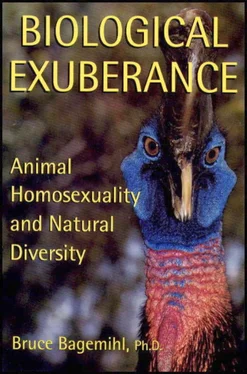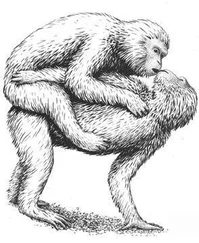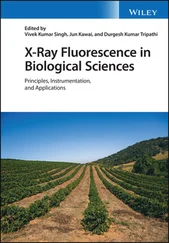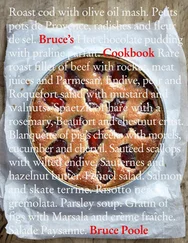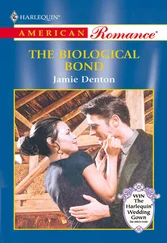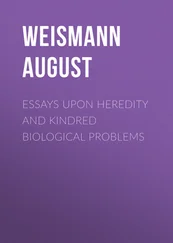Nonreproductive and Alternative Heterosexualities
Large numbers of nonreproducing birds are found in both Silver Gulls and Herring Gulls. About half of adult females and 14 percent of males are nonbreeders in some populations of Silver Gulls; more than three-quarters of all birds die before they reproduce, and 85 percent or more never successfully procreate. Many females that do reproduce nevertheless have extended periods of nonbreeding, up to 16 years in some cases. And about a third of females that lose their mates (through divorce or death) never breed again, sometimes living a further decade as single birds. In Herring Gulls, 4–12 percent of males and one-third to two-thirds of females in some populations are nonbreeders; in other populations, more than a third of all birds do not reproduce in any given year. Two distinct types of nonbreeding females occur in this species: FLOATERS, who are truly single and do not consistently associate with any particular gulls, and SECONDARY FEMALES, who maintain a persistent association with a mated heterosexual pair and even help them defend their territory and raise their young (although they themselves do not breed). Herring Gulls and Silver Gulls also sometimes form polygamous trios, in which the two females are both pair-bonded to one male but not to each other. They often build a “double nest” with two cups in which they both lay eggs.
Several other variant family and pairing arrangements are found in these species. About 5—10 percent of Herring Gull pairs adopt chicks, sometimes even from other species such as the lesser black-backed gull ( Larus fuscus ). Herring Gulls occasionally form pair-bonds with adults of this and other gull species as well. Foster parents usually also have young of their own, while some adopted chicks are cared for by more than one foster family simultaneously. Adoption also occasionally occurs in Silver Gulls. In addition, Herring Gulls sometimes form CRÈCHES, in which several adults pool their youngsters and take turns guarding and feeding them. Although most heterosexual pairs are long-lasting, divorce occurs in about 3—7 percent of Herring Gull pairs and 5—10 percent of Silver Gull pairs. Some Silver Gulls have up to seven different mates over their lives, but about a third have only one partner. In addition, many pair-bonds are nonmonogamous: more than 20 percent of all copulations in Silver Gulls are between nonmates, and more than three-quarters of females and one-third of males are “unfaithful.”
Most promiscuous copulations in Silver Gulls are nonreproductive: 11 percent involve incubating (nonfertilizable) females, and many are actually “rapes” or forced copulations in which the female is not a willing participant. As a result, only 7 percent of such matings involve genital contact. Many within-pair copulations are also nonprocreative: more than 30 percent occur during times when the female cannot be fertilized (such as too early before egg laying), and more than half do not involve genital contact or sperm transfer. In addition, about 9 percent of copulations between pair members are forced by the male on the female. Several forms of heterosexual family abuse and adult-juvenile violence have also been documented in Herring Gulls. Males sometimes incestuously mount their own chicks and have even been seen breaking and eating their own eggs. In addition, chicks in both species are often pecked at, pummeled, thrown, shaken, and even killed (and occasionally cannibalized) by other adults when they stray away from home. Among Herring Gulls, being eaten by other Gulls (and sometimes even by one’s parents) can be a significant mortality factor: in one colony, a quarter of chick deaths—more than 300 youngsters—were the result of cannibalism.
Sources
*asterisked references discuss homosexuality/transgender
Burger, J., and M. Gochfeld (1981) “Unequal Sex Ratios and Their Consequences in Herring Gulls.” Behavioral Ecology and Sociobiology 8:125-28.
Calladine, J., and M. P. Harris (1997) “Intermittent Breeding in the Herring Gull Larus argentatus and the Lesser Black-backed Gull Larus fuscus.” Ibis 139:259—63.
Chardine, J. W., and R. D. Morris (1983) “Herring Gull Males Eat Their Own Eggs.” Wilson Bulletin 95:477—78.
*Fitch, M. A. (1979) “Monogamy, Polygamy, and Female-Female Pairs in Herring Gulls.” Proceedings of the Colonial Waterbird Group 3:44—48.
Fitch, M. A., and G. W. Shugart (1984) “Requirements for a Mixed Reproductive Strategy in Avian Species.” American Naturalist 124:116—26.
———(1983) “Comparative Biology and Behavior of Monogamous Pairs and One Male—Two Female Trios of Herring Gulls.” Behavioral Ecology and Sociobiology 14:1—7.
*Goethe, F. (1937) “Beobachtungen und Untersuchungen zur Biologie der Silbermowe ( Larus a. argentatus Pontopp.) auf der Vogelinsel Memmerstand [Observations and Investigations on the Biology of the Herring Gull on Bird Island, Memmerstand].” Journal für Ornithologie 85:1—119.
Holley, A. J. F. (1981) “Naturally Arising Adoption in the Herring Gull.” Animal Behavior 29:302—3.
MacRoberts, M. H. (1973) “Extramarital Courting in Lesser Black-backed and Herring Gulls.” Zeitschrift für Tierpsychologie 32:62—74.
*Mills, J. A. (1994) “Extra-Pair Copulations in the Red-billed Gull: Females with High-Quality, Attentive Males Resist.” Behavior 128:41—64.
*———(1991) “Lifetime Production in the Red-billed Gull.” Acta XX Congressus Internationalis Ornithologici, Christchurch, New Zealand (Proceedings of the 20th International Ornithological Congress), vol. 3, pp. 1522—27. Wellington, N.Z.: New Zealand Ornithological Trust Board.
*———(1989) “Red-billed Gull.” In I. Newton, ed., Lifetime Reproduction in Birds , pp. 387-404. London: Academic Press.
———(1973) “The Influence of Age and Pair-Bond on the Breeding Biology of the Red-billed Gull, Larus novaehollandiae scopulinus.” Journal of Animal Ecology 42:147—62.
*Mills, J. A., J. W. Yarrall, and D. A. Mills (1996) “Causes and Consequences of Mate Fidelity in Red-billed Gulls.” In J. M. Black, ed., Partnerships in Birds: The Study of Monogamy, pp. 286-304. Oxford: Oxford University Press.
Nisbet, 1. C. T., and W. H. Drury (1984) “Supernormal Clutches in Herring Gulls in New England.” Condor 86:87—89.
Parsons, J. (1971) “Cannibalism in Herring Gulls.” British Birds 64:528—37.
Pierotti, R. J. (1980) “Spite and Altruism in Gulls.” American Naturalist 115:290—300.
Pierotti, R. J., and T. P. Good (1994) “Herring Gull ( Larus argentatus ).” In A. Poole and F. Gill, eds., The Birds of North America: Life Histories for the 21st Century, no. 124. Philadelphia: Academy of Natural Sciences; Washington, D.C.: American Ornithologists’ Union.
Richards, C. E. (1995) “Attempted Copulation Between Adult and First-Year Herring Gulls.” British Birds 88:226.
*Shugart, G. W. (1980) “Frequency and Distribution of Polygyny in Great Lakes Herring Gulls in 1978.” Condor 82:426—29.
*Shugart, G. W., M. A. Fitch, and G. A. Fox (1988) “Female Pairing: A Reproductive Strategy for Herring Gulls?” Condor 90:933—35.
*———(1987) “Female Floaters and Nonbreeding Secondary Females in Herring Gulls.” Condor 89:902—6.
Tasker, C. R., and J. A. Mills (1981) “A Functional Analysis of Courtship Feeding in the Red-billed Gull, Larus novaehollandiae scopulinus .” Behavior 77:221—41.
Читать дальше
